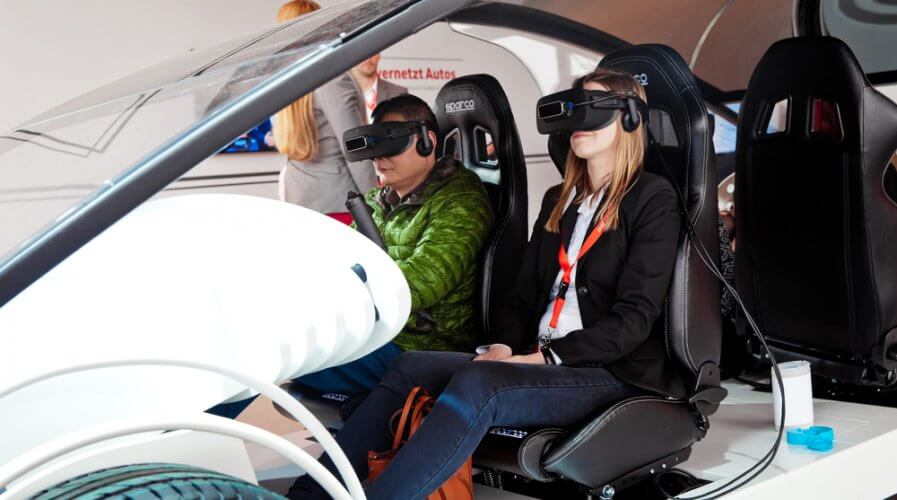
While we wait for autonomous cars, automated driving is here now for our convenience. Source: Shutterstock
Global automakers prepare to make automated driving safer
AUTONOMOUS driving might be a few years away, but assisted or automated driving is within reach. Now.
Tesla’s cars with their massive screen-based center console hit the market a few years ago, and since then, a number of automakers have created technology that allows drivers to leave their cars on “auto-pilot” while they keep their eyes on the road but relax their posture a little bit.
According to the law, drivers still need to pay attention to vehicles and pedestrians in front and around their vehicle and have a firm foot next to the brake in order to prevent any untoward events. However, there’s always room for error — and accidents do happen.
To prevent this, 11 of the world’s biggest automakers — including Audi, BMW, Volkawagen — and technology companies such as Intel and Baidu — joined forces with Daimler to develop an industry-wide definition of safety.
To be clear, autonomous-driving vehicles are SAE Level5 vehicles and don’t require any human intervention to reach from one point to another.
SAE Level3 and Level4 vehicles, however, do require a certain degree of intervention, but are able to use varying degrees of intelligence to make the ride hands-free at least on certain legs of the journey (passing through highways is a good example).

The Daimler-led industry group issued a 157-page whitepaper titled “Safety First for Automated Driving” (SaFAD)” to outline 12 foundational guiding principles that they created together in order to make vehicles and roads safer.
Here’s a list of the 12 foundational guiding principles that the organization has put together:
- Safe operation: How the system reacts if critical components become unstable or cease functioning.
- Safety layer: The system recognizing its limits and minimizes risk in returning control to the driver.
- Operational Design Domain (ODD): The operating conditions in which the system is designed to function.
- Behavior in traffic: The system behavior needs to be easy to understand and predictable for surrounding road users.
- User responsibility: The user’s state must be suitable for a takeover procedure.
- Vehicle-initiated handover: If the driver does not comply with a takeover request, the automated driving system must perform a maneuver to minimize risk.
- Driver-initiated handover: Activating and deactivating the automated driving system shall require an explicit driver’s intent.
- Effects of automation: Overall evaluation of system safety shall take automation effects on the driver into account.
- Safety assessment: Verification and validation shall be used to ensure that the safety goals are met.
- Data recording: When an event or incident is recognized, automated vehicles shall record relevant data in a manner that complies with applicable privacy laws.
- Security: Steps shall be taken to protect the automated driving system from security threats.
- Passive safety: Vehicle layout shall accommodate changes to crash scenarios brought about by vehicle automation.
As Daimler clarifies, the purpose of the publication is to highlight safety and security-relevant aspects of developing, producing, operating, and maintaining automated driving vehicles: the combination of which lead to a safe product on the road.
While autonomous vehicles might still be a few years away, more cars might be able to offer automated driving conveniences — in a safe manner.
READ MORE
- The criticality of endpoint management in cybersecurity and operations
- Ethical AI: The renewed importance of safeguarding data and customer privacy in Generative AI applications
- How Japan balances AI-driven opportunities with cybersecurity needs
- Deploying SASE: Benchmarking your approach
- Insurance everywhere all at once: the digital transformation of the APAC insurance industry


